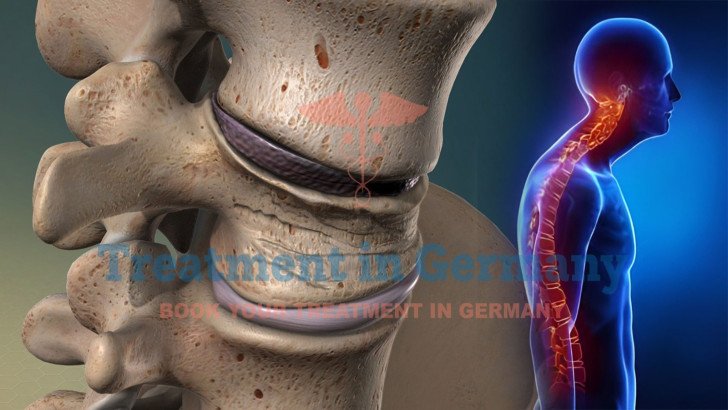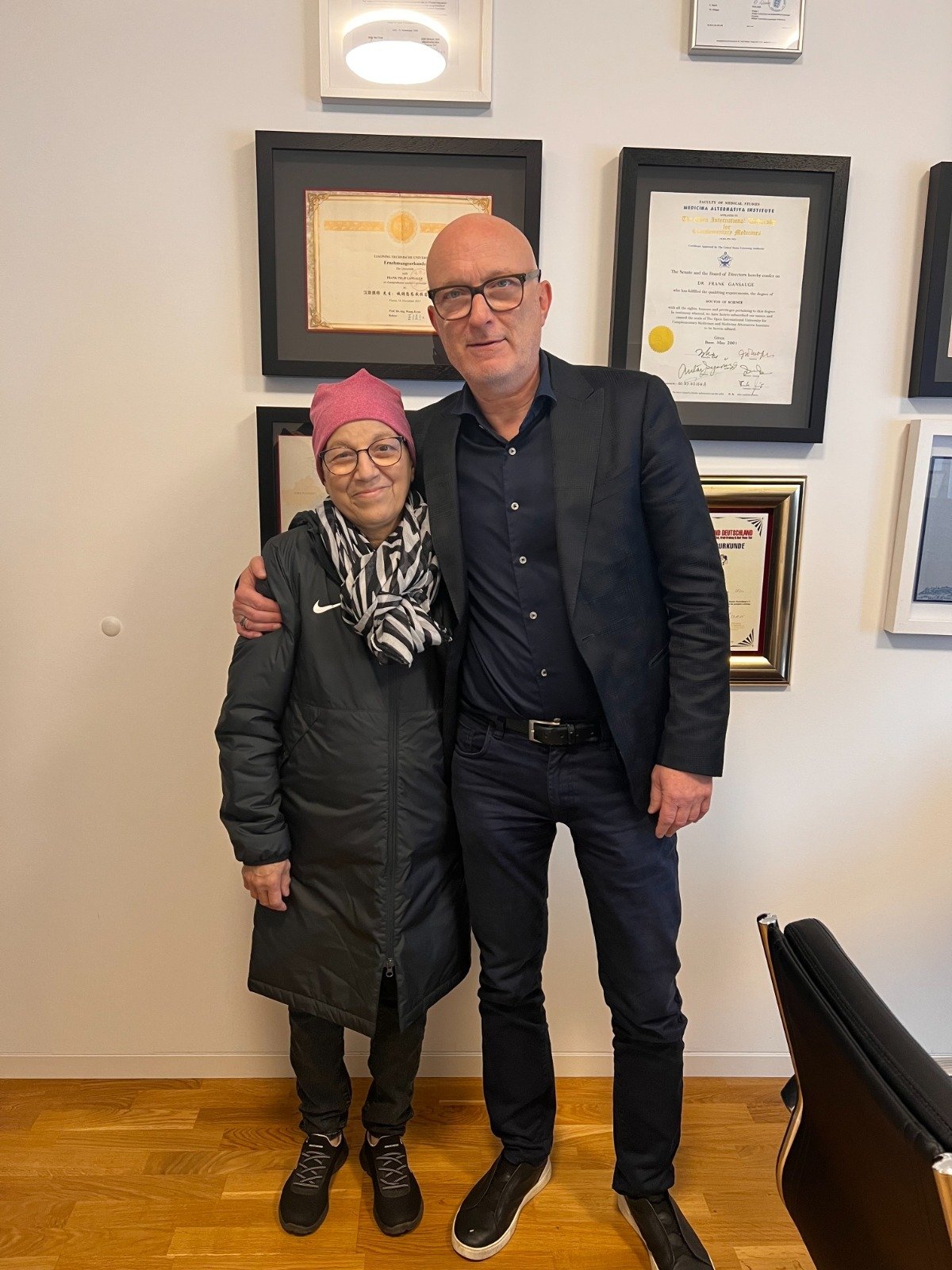
Scheuermann's Disease, also known as Scheuermann's Kyphosis, is a condition that causes abnormal spinal curvature, leading to a hunched back, particularly in adolescents.
Scheuermann's Disease, also known as Scheuermann's Kyphosis, is a condition that causes abnormal spinal curvature, leading to a hunched back, particularly in adolescents. The disease occurs when the vertebrae grow unevenly during periods of rapid growth, resulting in a forward curve in the upper spine (kyphosis). While the exact cause remains unclear, it is often believed to be related to genetic factors, abnormal bone growth, or environmental factors like posture and physical activity. Left untreated, the condition can lead to pain, reduced mobility, and a decline in quality of life.
Germany is at the forefront of treating musculoskeletal disorders like Scheuermann's Disease, offering innovative treatments in world-class hospitals. The country is home to highly skilled doctors and surgeons who specialize in spinal deformities. For patients with Scheuermann's Disease, treatment in Germany involves a personalized approach, using advanced diagnostic tools such as X-rays, MRI, CT scans, and blood tests to assess the extent of the condition. Based on the severity, the treatment may include physical therapy, pain management, and in some cases, surgery.
Germany's medical centers also embrace cutting-edge therapies like dendritic cell therapy, TACE (transarterial chemoembolization), and stem cell therapy, which enhance healing and reduce inflammation. These treatments, often used after surgery, are part of the country's focus on providing comprehensive and effective care.
Types of Scheuermann's Disease
Scheuermann's Disease is categorized based on the location and severity of the spinal deformity:
Risk Factors for Scheuermann's Disease
Certain factors increase the risk of developing Scheuermann's Disease:
Symptoms of Scheuermann's Disease
The symptoms of Scheuermann's Disease vary depending on the severity of the condition:
Diagnosis of Scheuermann's Disease and Diagnostic Tools
Early diagnosis is crucial for effective treatment. Doctors in Germany typically use a combination of the following diagnostic tools:
Therapies for Scheuermann's Disease
The treatment for Scheuermann's Disease varies based on the severity of the condition:
Solution and Prevention of Scheuermann's Disease
Preventing or managing Scheuermann's Disease involves a combination of maintaining a healthy lifestyle and early detection. Key solutions include:
Maintaining a healthy body weight to reduce pressure on the spine.
Practicing good posture and engaging in exercises that strengthen the back and core muscles.
Regular check-ups to monitor spinal health and detect any changes early.
Avoiding obesity, high cholesterol (hyperlipidemia), and managing conditions like diabetes to reduce the risk of exacerbating the disease.
Why is it Preferable to Get Treatment in Germany?
Germany is known for its advanced healthcare system, specialized doctors, and innovative treatments. The country offers top-tier hospitals and cutting-edge medical technologies to ensure that patients receive the best possible care. Doctors and surgeons in Germany are highly skilled in treating complex conditions like Scheuermann's Disease and use the latest techniques, including stem cell therapies and dendritic cell treatments, which help reduce recovery times and improve patient outcomes. With its holistic approach to treatment, Germany is a leading destination for patients seeking solutions to musculoskeletal disorders.
🌍Why Patients Worldwide Prefer Our Medical Services in Germany – Key Benefits Explained:
Conclusion
Scheuermann's Disease can significantly impact a patient's quality of life, but with proper treatment, it is manageable. Treatment in Germany offers patients access to innovative treatments, skilled doctors, and state-of-the-art medical facilities, ensuring that they receive the best possible care for this condition. Early diagnosis, proper therapy, and preventive measures are key to managing the disease and preventing further complications.
Kindly complete the form below, and our dedicated team will reach out to you promptly. We look forward to connecting with you soon!
Trierer Straße, 56072 Koblenz, Germany
.webp)
.webp)
 (1).webp)
 (1).webp)

.webp)
.webp)
 (1).webp)
 (1).webp)
